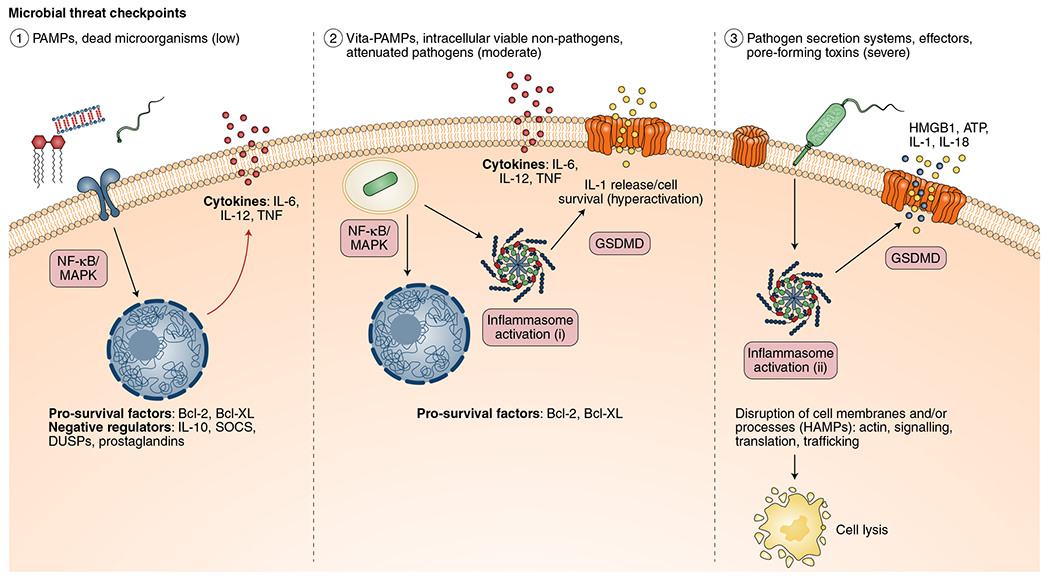Fig. 2 |. Microbial threat checkpoints gauge the level of threat posed by a pathogen and fine-tune the host immune response.

Host immune responses are tuned according to the microbial threat level. (1) Low-level threats, such as PAMPs and dead microorganisms, lead to upregulation of cytokines and pro-survival factors. Negative regulators—such as IL-10, suppressor of cytokine signalling (SOCS) proteins and dual specificity phosphatases (DUSPs)—control and prevent excessive responses under such conditions. (2) Intracellular, viable non-pathogens and vita-PAMPs (for example, bacterial mRNA) pose a moderate level threat to the host and therefore lead to limited inflammasome activation (i) and release of proinflammatory cytokines and IL-1 signalling with limited levels of cell death or, in the absence of cell death, hyperactivation. The release of IL-1 cytokines is mediated by GSDMD, which forms pores in the cell membrane. (3) Pathogens that possess secretion systems and toxins that disrupt barrier tissues and membranes, or perturb host cellular processes, lead to robust inflammasome activation (ii), resulting in cell lysis and release of intracellular DAMPs (for example, HMGB1, calreticulin and ATP, together with IL-1). Notably, both pathogenic and sterile events that alter cellular homeostasis can trigger these immune responses. An alternative framework for thinking about these types of responses is as factors that indicate disruption of cellular homeostasis or HAMPs. These checkpoints allow the host to modulate the immune response based on the level of threat posed by a microorganism or other cellular stresses.
